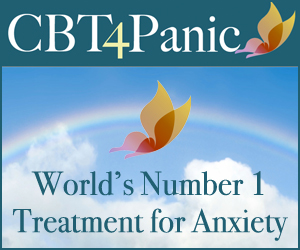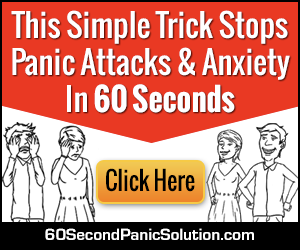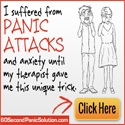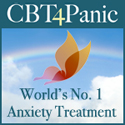Expressive Therapies in Mental Health
Many people who are diagnosed with mental issues show an extreme liking for or talent in the creative arts. It only makes sense that some of the alternative treatments incorporate this natural tendency. Below I cover three such alternative treatments. Often each is combined with more traditional methods, but not always.
Art Therapy: Drawing, painting, and sculpting help many people to reconcile inner conflicts, release deeply repressed emotions, and foster self-awareness, as well as personal growth.
Some mental health providers use art therapy as both a diagnostic tool and as a way to help treat disorders such as depression, abuse-related trauma, and schizophrenia. You may be able to find a therapist in your area who has received special training and certification in art therapy.
Dance/Movement Therapy: Some people find that their spirits soar when they let their feet fly. Others-particularly those who prefer more structure or who feel they have “two left feet”-gain the same sense of release and inner peace from the Eastern martial arts, such as Aikido and Tai Chi.
Those who are recovering from physical, sexual, or emotional abuse may find these techniques especially helpful for gaining a sense of ease with their own bodies. The underlying premise to dance/movement therapy is that it can help a person integrate the emotional, physical, and cognitive facets of “self.”
Music/Sound Therapy: It is no coincidence that many people turn on soothing music to relax or snazzy tunes to help feel upbeat. Research suggests that music stimulates the body’s natural “feel good” chemicals (opiates and endorphins).
This stimulation results in improved blood flow, blood pressure, pulse rate, breathing, and posture changes. Music or sound therapy has been used to treat disorders such as stress, grief, depression, schizophrenia, and autism in children, and to diagnose mental health needs.














